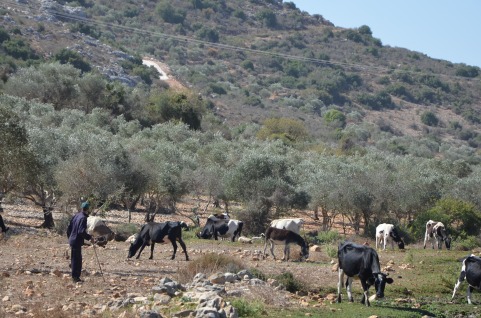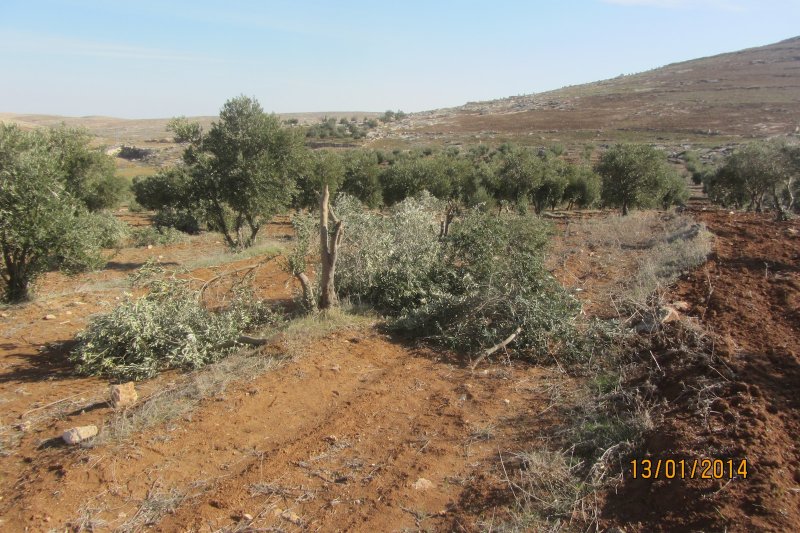Category: Reports
-
Gaza’s economy shattered by Israeli siege
15th January 2014 | International Solidarity Movement, Rosa Schiano | Gaza, Occupied Palestine A recent report by the Chamber of Commerce, Industry and Agriculture in Gaza says the Israeli authorities have closed Karm Abu Salem (Kerem Shalom) checkpoint, the Gaza Strip’s only commercial crossing, for 150 days, 41% of working days, during 2013. The reports points out that…
-
Two Palestinians arrested in Bruqin
12th January 2014 | International Solidarity Movement, Nablus Team | Bruqin, Occupied Palestine January 13th 2014: Today, 13th January 2014, the two men from Bruqin have been released from prison with a 2000 NIS bail each. Both men are under house arrest until the 24th January and must report to Ariel police station, inside the illegal settlement of…
-
20 olive trees destroyed in the South Hebron Hills area of At Tuwani
13th January 2013 | Operation Dove | At Tuwani, Occupied Palestine This morning Palestinians discovered 20 olive trees destroyed alongside bypass road 317 in the South Hebron Hills area of At Tuwani. The olive tree groves belongs to the Al Amor family from At Tuwani and had been planted 34 years ago. At 9.35 am the owners,…



